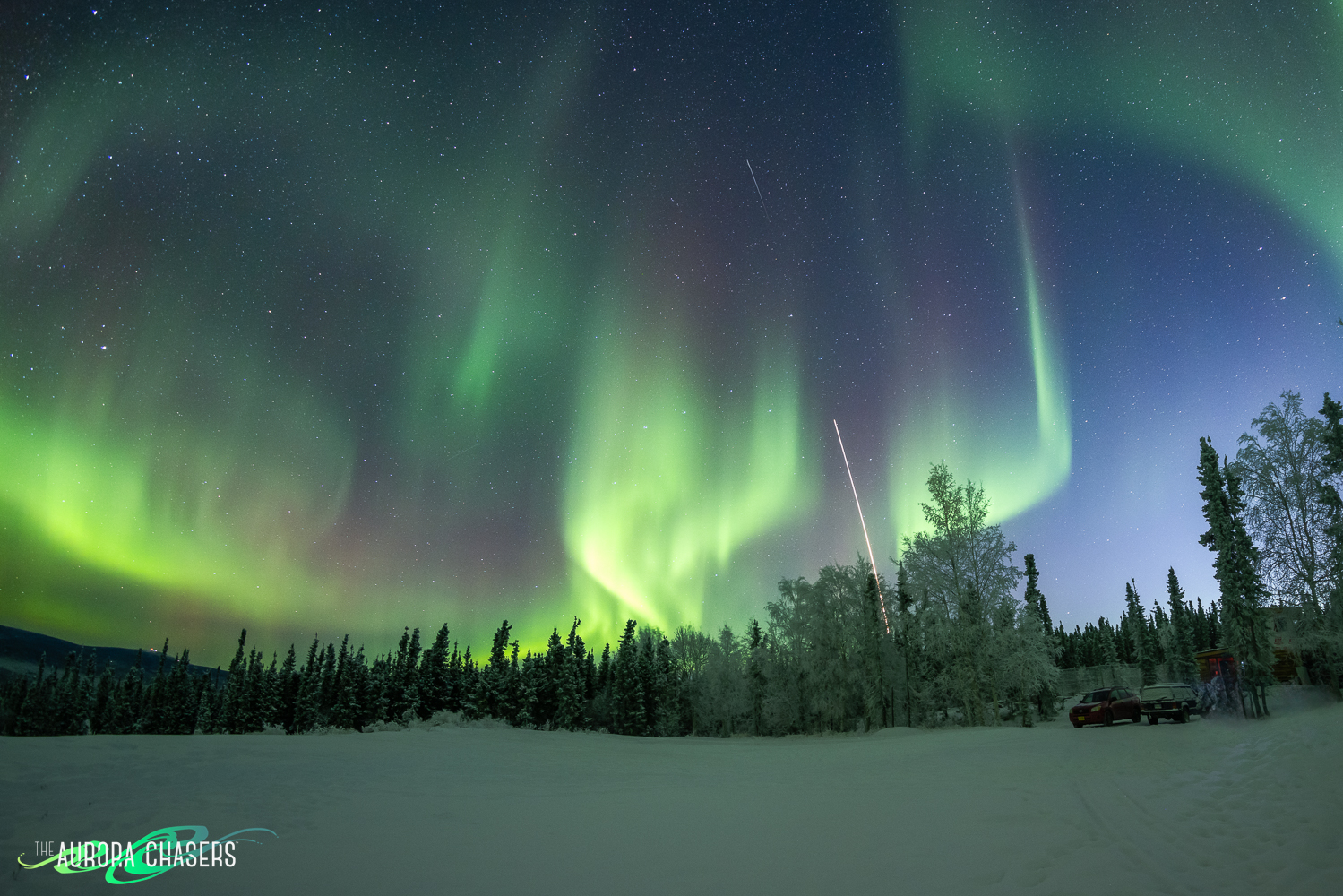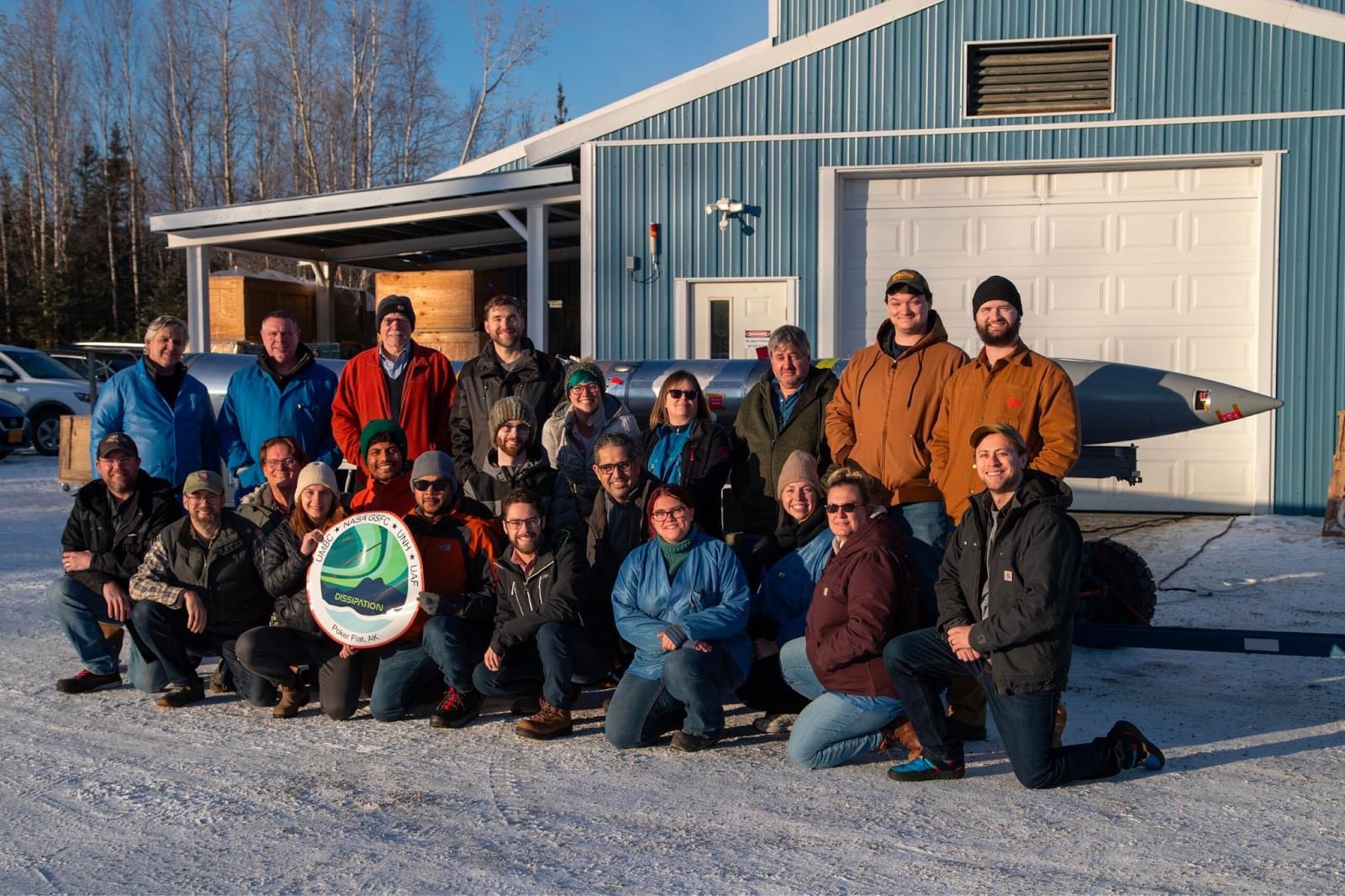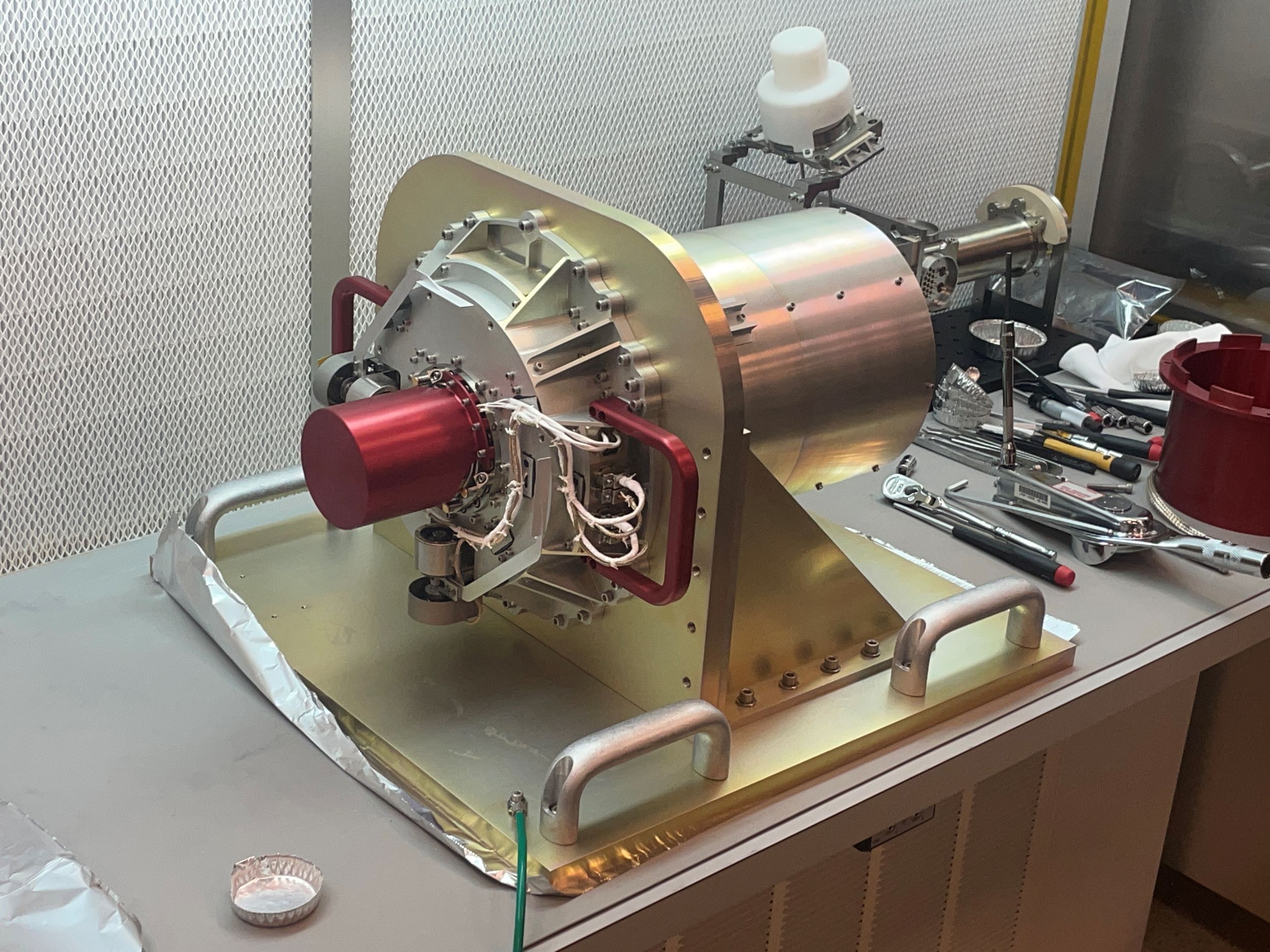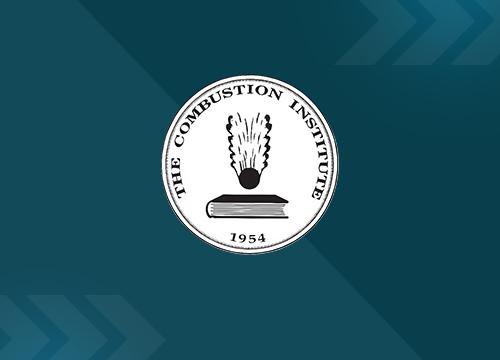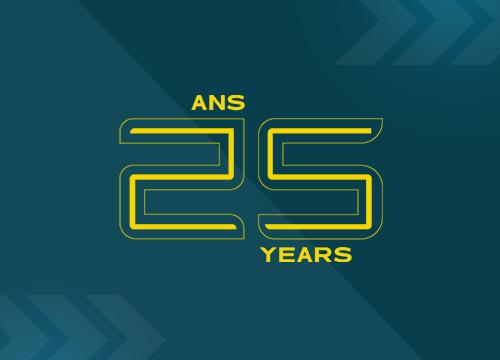Photonis Channeltron® Electron Multipliers Soar into the Alaskan Aurora on NASA’s Dissipation Mission.
Sturbridge, massachusetts, usa – March 13th, 2023
Photonis, a leading brand of Exosens, has supplied U.S. Government Agency, NASA, with Channeltron™ (Channel Electron Multipliers) to be used to aid in the detection of particles present within the atmospheric phenomenon known as the Aurora Borealis.
On November 8th, NASA’s Goddard Flight Center’s DISSIPATION mission took flight aboard a suborbital, two-stage sounding rocket launched from the Poker Flats Research Range in Fairbanks, Alaska. The launch occurred shortly after midnight and was timed perfectly with the peak of the aurora that morning, which lasted less than a half an hour. Ascending into the auroras, the mission aimed to gather crucial data that will shed light on the intricate process of energy dissipation from high-altitude solar winds into the atmosphere. This knowledge holds significant implications for enhancing our understanding of aurora formation and improving space weather predictions.
The Dissipation sub-payload features NASA’s MoSAIC (Modular Spectrometer for Atmosphere and Ionization Characterization) instrument equipped with Photonis Channeltron® Channel Electron Multipliers. These specialized detectors play a crucial role in MoSAIC, enabling precise measurements of neutral and ion winds' composition, density, temperature, and velocity in the upper atmosphere.
“We are excited and honored to contribute our advanced Channeltron™ Ion Detection Technology to NASA’s Dissipation Mission. This collaboration marks another milestone in our commitment to make advanced cutting-edge technology available for the scientific community to explore and understand the mysteries of our universe. We look forward to seeing how our technology aids in unraveling the complexities of the Aurora Borealis and solar winds to improve space weather predictions.” said Ulrich Laupper, President and Executive General Manager of the Exosens Ultimate Detection Business Unit.
While it will take Scientists a while to analyze all the data, early results are that the mission was a complete success.
For complete information about the mission and launch, visit: https://blogs.nasa.gov
Photo Credit: Aurora Chasers, Fairbanks, Goddard Space Flight Center
